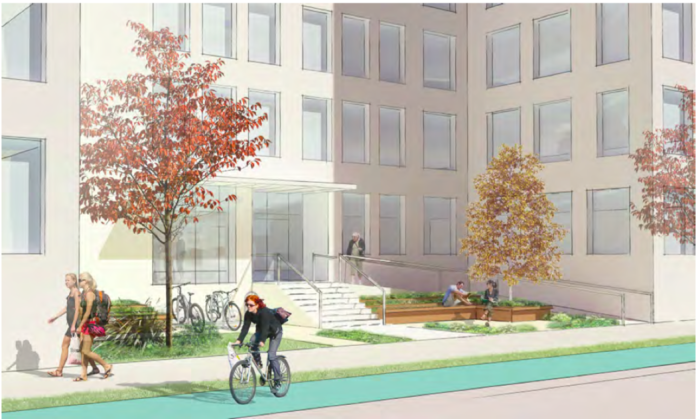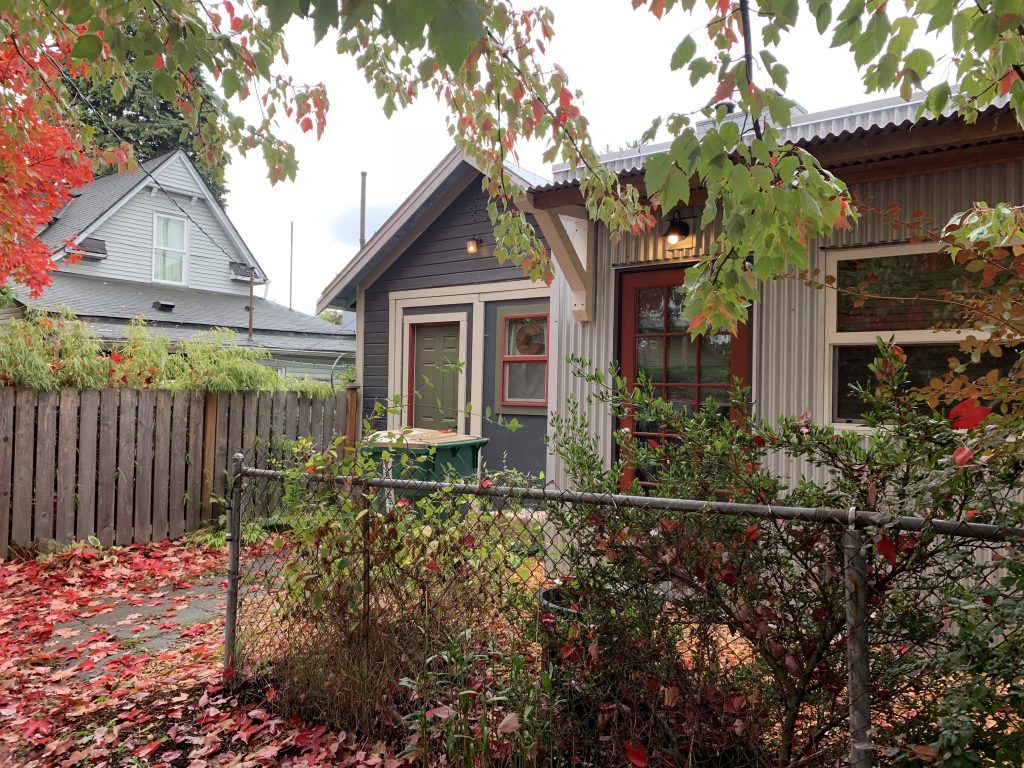
Affordable housing advocates should set their sights on what comes next.
Citywide Mandatory Housing Affordability (MHA) legislation passed 8-0 out of the select committee earlier this week, signifying that the legislation will likely be approved by a full council vote on March 18th.
Nearly all of the proposed amendments that decreased housing capacity in urban villages were passed along with the legislation, disappointing many affordable housing advocates. Among the passed amendments was B-6, commonly known as the “clawback clause” which passed by a 5-3 vote. According to the language in B-6, if a future court finds MHA requirements unlawful, the corresponding upzones will be revoked.
Councilmember Teresa Mosqueda argued for the minority, stating that the increased housing capacity created by the upzones would be beneficial for housing affordability even in the absence of MHA contributions, while Councilmember Kshama Sawant insisted that it the purpose of the legislation was to generate affordable housing. In Sawant’s point of view, maintaining upzones without the MHA contribution requirement, would result in a giveaway to developers.
On the flip side, it looks like the Fremont Troll might be getting some new neighbors. Councilmember Mike O’Brien’s amendment, which would have downgraded the troll’s small habitat from Lowrise 3 zoning (50 feet height limit) to Lowrise 1 (30 feet height limit), was one of the handful of amendments that did not pass the select committee.

Overall Councilmembers Mosqueda and M. Lorena González spoke most fervently against amendments that decreased future housing capacity.
“I’m looking at all of these amendments through the lens of making sure we are maximizing housing capacity with this singular tool that is before us right now,” said González.
However, as a property owner in the West Seattle Junction urban village, González abstained from voting on amendments related to this area. All of the West Seattle Junction amendments passed, which reduced all proposed rezones in current single-family home zoned areas to residential small lot (RSL). This zoning could be revisited after plans for West Seattle ST3 light rail are finalized.

At the beginning the discussion of the proposed amendments, Mosqueda pointed out that City’s analysis, which showed roughly 56 units of affordable housing would be lost as a result of the passage of amendments, did not take into consideration the amount of market rate housing that could be lost as well. City staffers were unable to share projections for how much market rate housing would be lost.
However, all things considered, the select committee’s vote is a big step forward for proponents of inclusionary zoning. Since MHA seems all but assured to pass on March 18th, what are some of the “next steps” affordable housing advocates should focus on?

Backyard Cottage Reform
Last October, the Queen Anne Community Council filed an appeal to the Environmental Impact Statement (EIS) for the City’s proposed legislation on backyard cottages, also known as accessory dwelling units (ADUs). The case has been winding its way through the legal system, and on February 19th, the City filed its final witness and exhibit list. Hopefully, this means that the case is nearing its conclusion, and that the judge will rule against the appeal of the EIS soon.
While the current proposed legislation is expected to produce a modest 3,330 accessory dwelling units citywide over the next 10 years, it would represent a step forward toward increasing urban infill density in single-family zones and could be improved upon in the future.

City Council Election Results Will Frame Future Density Debates
With four incumbents not seeking reelection, and a growing pool of proposed candidates for the seven districts up for grabs, the 2019 Seattle City Council election could result in a very different body of representatives than the one governs Seattle today.
At-large Councilmembers Mosqueda and González, whose seats are not up for reelection until 2021, could find themselves pitted against anti-density foes seeking to undo MHA implementation and block future measures to increase density.
Housing advocates need to begin asking candidates hard questions about where they stand on issues related to affordable housing and residential density. Moving forward to November, it will be vital for voters to understand where candidates’ stand on these important issues and support candidates who promote platforms that support the creation of affordable housing. (Note: The Urbanist has an Elections Board and will be publishing candidate interviews and endorsements.)

Neighborhood’s For All
Last year, the Seattle Planning Commission (SPC), an appointed board that advises the Mayor and City Council on planning goals and policies, published Neighborhood’s For All, a report outlining how replacing single-family home zoning with more flexible zoning would promote diverse neighborhoods throughout the city.
For those who want to understand how Seattle can increase residential density and housing choices gracefully, Neighborhood’s For All is required reading.
Here are a few highlights from the report’s detailed list of suggestions:
- Expand all established urban villages to 15-minute walksheds from frequent transit.
- Promote the evolution of Seattle’s growth strategy to grow complete neighborhoods outside of urban villages.
- Establish a designation that allows more housing types within single-family zoned areas near parks, schools, and other services.
- Allow the conversion of existing houses into multiple units.
- Reduce or remove minimum lot size requirements.
As a whole, the SPC promotes a return to the “historic” zoning patterns that created Seattle’s most walkable, transit rich, and high opportunity access neighborhoods, with the goal of preserving these building patterns “as we welcome more residents of all incomes, ages, and races” to Seattle.
Affordable housing advocates should demand that the City apply the SPC’s suggestions.
While implementation of “citywide” MHA will be an important step forward for proponents of density and affordable housing, ensuring Seattle enacts backyard cottage legislation, elects a pro-affordable housing and pro-density city council, and adopts suggestions outlined in Neighborhoods For All, would bring Seattle even closer to achieving the goal of becoming a more inclusive, vibrant, and environmentally sustainable city.
Natalie Bicknell Argerious (she/her) is a reporter and podcast host at The Urbanist. She previously served as managing editor. A passionate urban explorer since childhood, she loves learning how to make cities more inclusive, vibrant, and environmentally resilient. You can often find her wandering around Seattle's Central District and Capitol Hill with her dogs and cat. Email her at natalie [at] theurbanist [dot] org.

